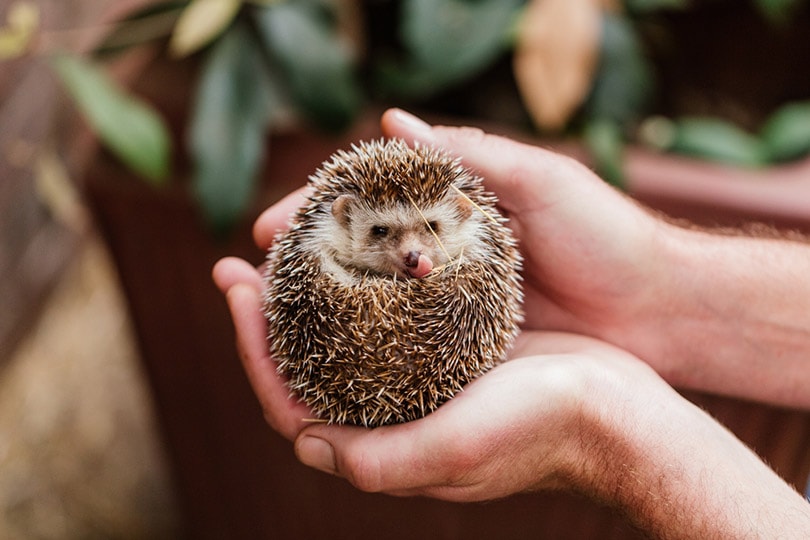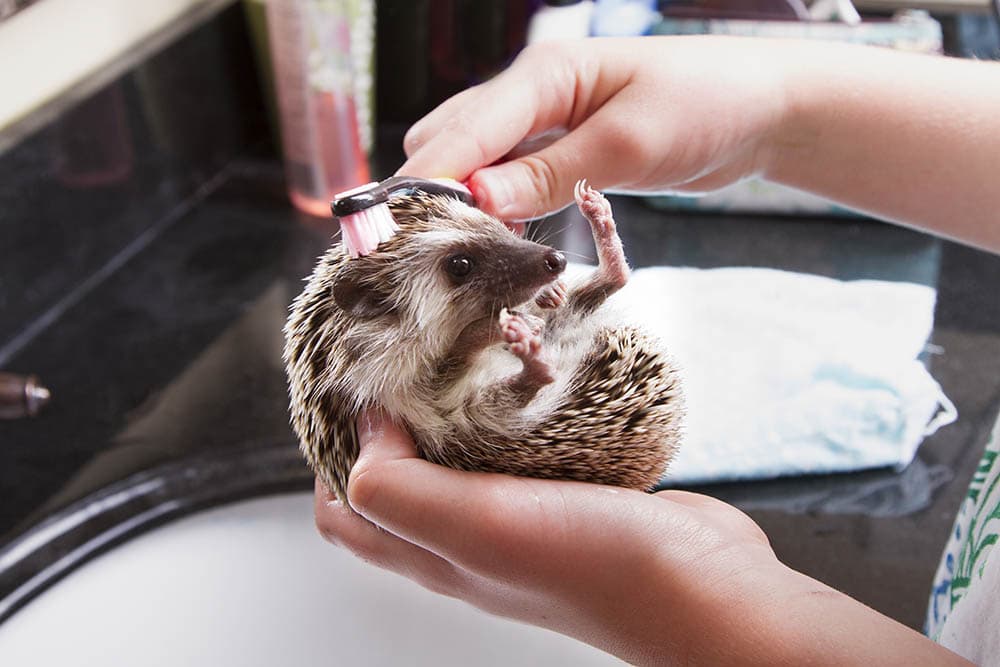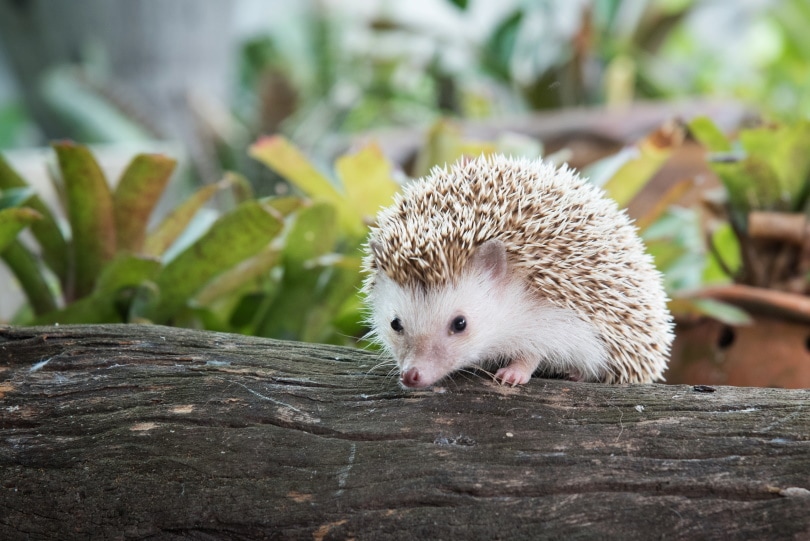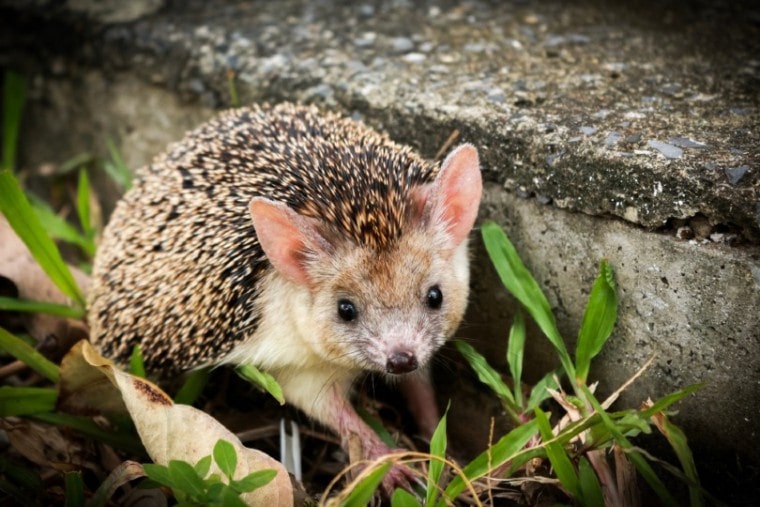
When you first see a hedgehog waddling along, it is difficult to imagine them being capable of much more than a low trot. However, the quilled animals are agile little athletes. As well as swimming, walking, and running distances of up to a mile per night, hedgehogs are also good climbers.
Although they cannot climb sheer faces and struggle with slippery surfaces, they can clamber up both manmade and natural frames. They’ve been reported climbing walls and have even been found in thatched rooves and attics. The problem for most hedgehogs is not a lack of ability to climb up but being unable to safely climb back down again.
About Hedgehogs

Hedgehogs live throughout Europe, the Middle East, Central Asia, and Africa. They are not found in Australia, but they do live in New Zealand after a population was introduced from Europe and flourished. They are not found in the USA, either, but they once were. A species of hedgehog called Amphecinus once lived in the US but is now extinct.
They reside in hedgerows and green areas, feeding primarily on insects found in these spots. It is the hedgehog’s belly and astute sense of smell that gets it into trouble and has earned it the reputation for getting into trouble and becoming stranded in various situations. When they pick up the scent of food, they will climb up and over objects and even jump into the water without regard of whether they will be able to get out safely on the other side.
The Hedgehog’s Body
Many people are surprised to see hedgehogs climb. They look round and plump, lack the dexterous front appendages of animals like monkeys, that are renowned climbers, and it takes them an age to tackle even a step. However, their appearance is deceptive. Although they look round and plump, hedgehogs are small under that layer of hair and those incredible quills.
A hedgehog’s quills are made from keratin and are hollow so that they are sharp but light. They act as a buoyancy aid when in the water, which is why you might see a hedgehog floating around on its back: it is allowing the quills to keep it afloat while it builds up the energy to climb back onto dry land.
Climbing Skills

The quills are also useful in climbing. One of the methods that hedgehogs use when climbing is chimneying. They place themselves in a tight crevice, lean hard against the surface behind them, and then essentially walk up the vertical wall. It’s a long and laborious process but it is effective because the sharp spikes of the quills dig into the surface behind, ensuring that the quilled mammal doesn’t slide back down again.
In other cases, hedgehogs adopt a simpler, but still painfully slow-going, process. They will climb up steps or look for surfaces and ledges that replicate steps and then hop up.
What Hedgehogs Can’t Climb
Hedgehogs have been found at the top of stairs and atop walls. They have been stranded on thatched rooves and in attics. Nobody really knows why they climb. They don’t need to do so to get to food, which is usually in plentiful supply much closer to the floor. It could be the same curiosity that is said to be fatal to cats. And so, it has proven for hedgehogs, too.
With soft claws and feet that were made for walking, the hedgehog is unable to climb up untextured surfaces. The sides of swimming pools, which are entirely vertical and usually smooth, are a real problem, and one that is exacerbated by the overhanging stone ledge. Smooth-edged ponds pose a similar threat.
While hedgehogs are good at going up, even when we don’t know why they do it, one thing we do know is they are not as good at coming down again. The quills can’t help, and the claws offer little grip. When a hedgehog tries to come down anything more than a gentle slope, it will tend to fall forward, curling into a ball for protection, and falling to the ground. This can prove fatal.

Handling Hedgehogs
If you do find a hedgehog stuck, you can safely rescue it. Either wear thick gloves or use a towel to scoop the hedgehog up. This shouldn’t be difficult because it will adopt the natural defense position, which means that it will be ball-shaped and much easier to scoop.
If it looks healthy, find a safe spot to put it down on the ground. If it is exhausted or starving, place it in a cardboard box or other container. Offer some food and a bowl of water, as well as a towel that it can snuggle into and rest. Once it has regained its energy, you can let the hedgehog go its own way.
The 5 Facts About Hedgehogs
1. They Haven’t Always Been Called Hedgehogs
Hedgehogs were once called urchins. The sea urchin was even named after them, because of their spiky appearance. But the name then changed to hedgehog because they frequent hedges and make the snuffling sound of a hog. The sea urchin is still called an urchin.
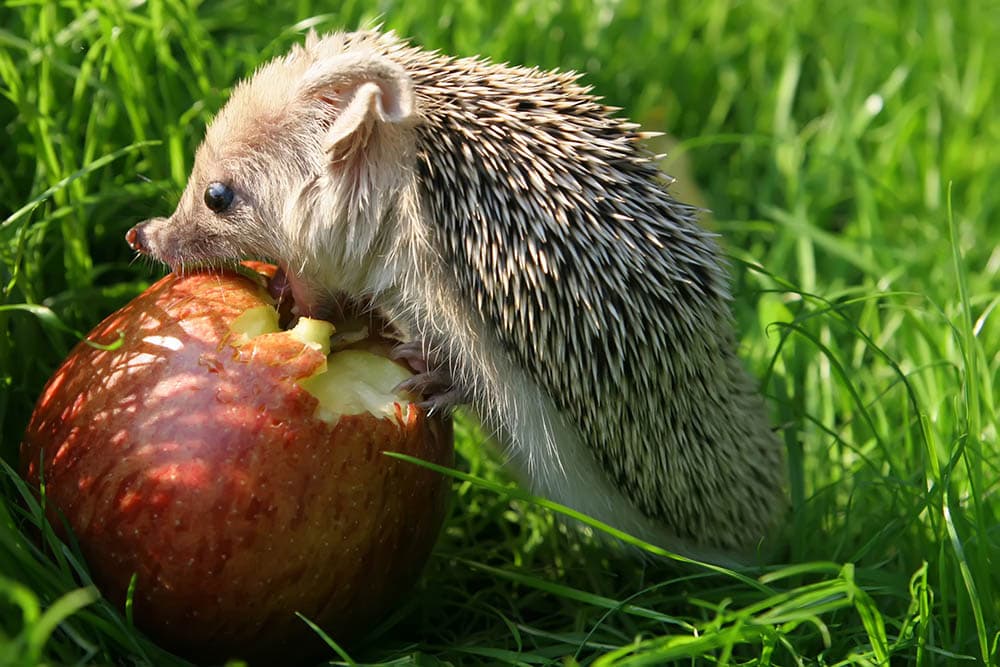
2. They Are Lactose Intolerant
Feeding a hedgehog a saucer of milk was once seen as a popular and simple way of helping them as they came out of hibernation or were struggling for food and liquid during colder nights. However, hedgehogs are lactose intolerant so drinking milk could cause vomiting and diarrhea. They drink water, so if it is a particularly dry period, you can leave a saucer of water out.
3. Hedgehogs Hunt by Smell And Sound
Hedgehogs have good night vision but poor general vision. Because of this, their other senses have adapted. Their long snout enables them to smell food, and they have a good sense of hearing that is also used to identify prey but also to locate predators.
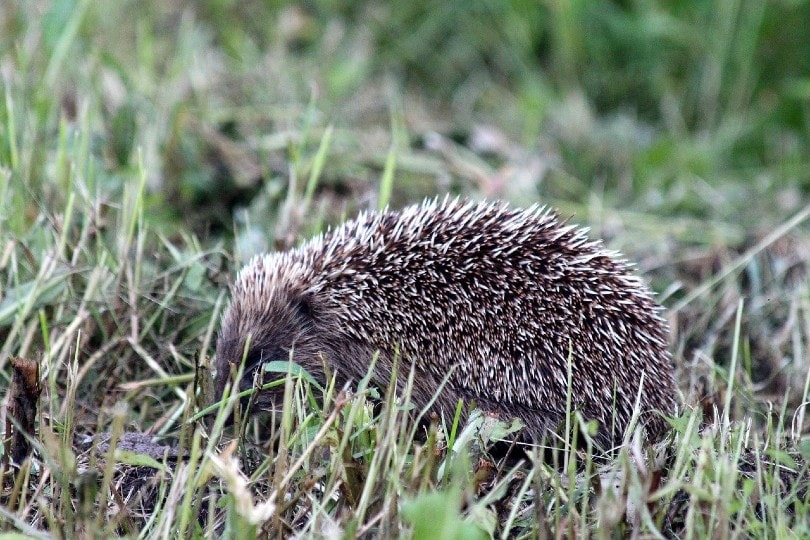
4. A Hedgehog Has More Than 5,000 Spikes
Best known for their incredible spikes, hedgehogs have between 5,000 and 7,000 of these hollow quills. They are used for protection and to ward off would-be predators and are made from keratin, which is the same substance as human nails. They are sharp and will hurt if you grab one incorrectly, but they are also light.
5. They Walk a Mile Per Night
The quills need to be light because hedgehogs travel a considerable distance for their size. They will walk, run, swim, and climb up to 2 kilometers in a night. Most of their activity is to help them find or hunt food.
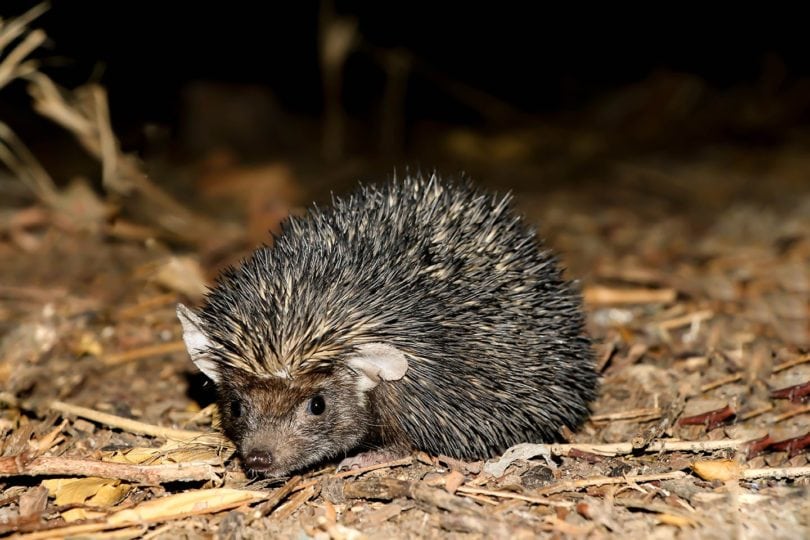
Can Hedgehogs Climb?
Hedgehogs might look awkward and have a reputation for getting themselves into trouble, but underneath those spiky quills and an underlayer of hair, they are quite agile little mammals that are capable of walking, jogging, swimming, and even climbing. However, while they are adept at climbing up textured or layered surfaces, they are not good with slippery or vertical surfaces and tend to rely on gravity when they need to get down again.
Featured Image Credit: AmyAlyssa, Shutterstock


